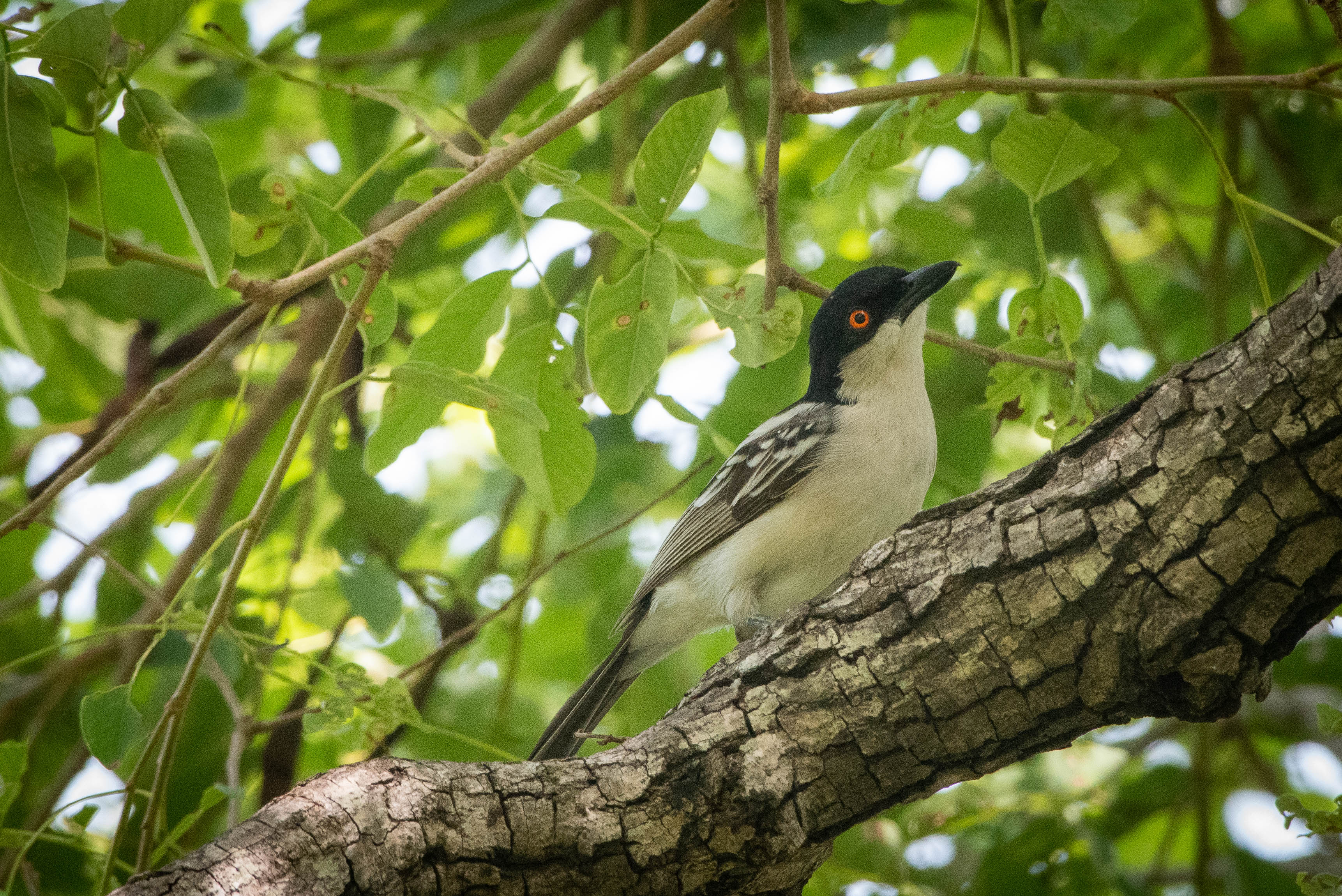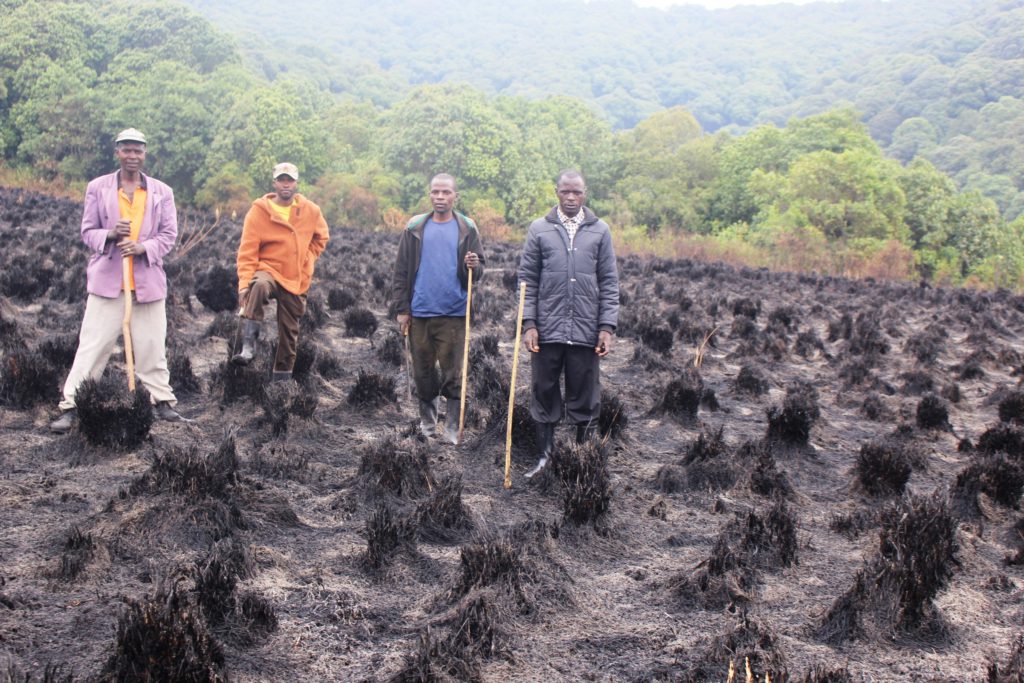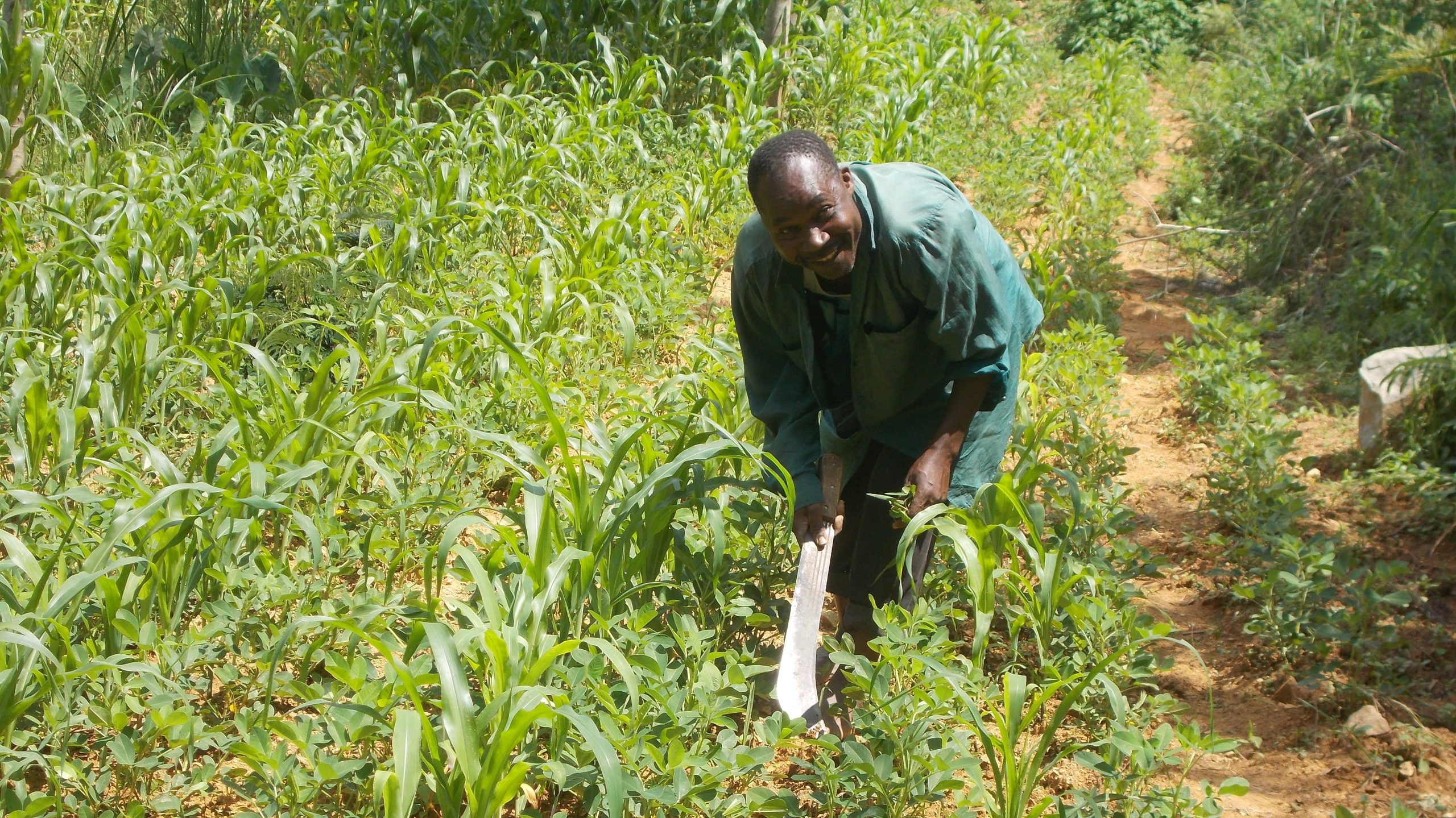Mole Nationalpark is mainly structured by open savannah forests with a high ornithological importance and is a significant wintering area for many migratory bird species.
Azagny Nationalpark consists of lagoons, evergreen (primary) forests, dry and wet coastal savannah, wetlands and mangrove areas, which are home to around 134 plant species and rare, endangered animal species.

Yala Swamp, the largest freshwater swamp of Kenya, is a Key Biodiversity Area (KBA) at the north-eastern end of Lake Victoria and is providing vital resources to about 250,000 farmers.

Sourou Valley is a Sahelian riverine gateway from Mali to Burkina Faso with broad floodplain marshes and acacia forests.

Echuya Forest Reserve is a highland forest area at an altitude of 2,570 meters in the heart of the biodiversity rich Albertine Rift in western Uganda.

Amani Forest Reserve in the Tanzanian East Usambara Mountains is covered with remnants of very old forests and is of outstanding importance for nature and species conservation.

The Usambara Mountains are located in the northeast of Tanzania, not far from the Indian Ocean coast and the border with Kenya, in the Tanga region. The mountains are partly still covered with remnants of very old (> 30 million years) forests and are of outstanding importance for nature and species conservation.
At the same time, the forests (a biosphere reserve and Amani Nature Reserve since 1997) are under severe pressure from high population density (120,000 people in 61 villages) due to logging, unsustainable agriculture, invasive species, gold mining and climate change.
In the Amani Natural Forest Reserve, about 30,000 people live on 8,380 ha in Muheza district and are suffering from the impacts of climate change. Their food security is threatened by climate change and loss of ecosystem services, increasingly leading to the degradation of livelihoods of village communities. Spice cultivation is one of the main agricultural activities in Amani. However, there is a lack of skills, capacity and capital at the local level to make cultivation more profitable and climate-adaptive.
As part of AfriEvolve, Climate Smart Agriculture on smallholder spice farms is improved by micro-compost systems and agroforestry. Additionally, sustainable and innovative marketing strategies are promoted through a revolving fund system.


The Sourou Valley is a river valley on the border with Mali with a total area of 20,926 hectares. The valley consists of broad floodplain marshes and acacia forests. Large parts of the area are dominated by agricultural land, where only trees of economic value remain.
The valley is an Important Bird Area (IBA), but the natural resources are under considerable pressure: loss of floodplain forests due to agriculture, firewood collection, especially for fish smoking, and unsustainable fishing are damaging the area with its important ecosystem services in the long term. Poor soils and the resulting low yields lead to deforestation, which further exacerbates degradation.
Climate Smart Agriculture could help local communities in the Sourou Valley to improve their food security while renaturalising ecosystems.
To improve the agricultural yields, compost production has been implemented to generate fertile and nutritious humus that can increase crop yields in the poorer soils of this Sahelian region. Moreover, to create an alternative and sustainable source of income, beekeeping is being tested.


The Azagny National Park (Région des Lagunes, Ramsar and IBA site) extends 100 kilometres west of Abidjan.
With lagoons, evergreen (primary) forests, dry and wet coastal savannah, wetlands and mangrove areas, the park is home to some 134 plant species and rare, endangered animal species such as forest elephant (Loxodonta africana cyclotis), chimpanzee (Pan troglodytes verus), pygmy hippopotamus (Choeropsis liberiensis), West African manatee (Trichechus senegalensis) and royal antelope (Neotrapus pygmaeus).
Like the coastal region of Côte d’Ivoire in general, the protected and buffer zones of the national park face an increasing influx of internal migrants and thus increased pressure on its resources such wild meat, rattan, bast, mangroves. Additionally, in and around the park, oil palm, rubber, coconut, cocoa and coffee are industrially produced.
SOS-Forêts is working at the pilot site with small scale farmers to ensure they are able to grow their crops in a more sustainable and climate smart way. Particular attention is given to the sustainable cultivation of cocoa and beekeeping in agroforestry systems.


Mognori (West Gonja District) is located in north-western Ghana, on the southern edge of Mole National Park.
Its natural vegetation consists of open savannah forests, but these have been severely affected by cattle over-grazing, shifting cultivation and slash and burn agriculture. The park is ornithological significant as an important wintering area for many migratory bird species.
The approximately 41,000 inhabitants of Mognori live mainly from the resources of their environment and small-scale agriculture. Conflicts due to a lack of cooperation between communities and park authorities occur, partly due to weak community involvement in natural resource management. Ghana Wildlife Service will take on a mediator role to strengthen the cooperation between communities within the project by taking a mediator role. As an adaptation to the increasing drought in the region due to climate change, modern drip irrigation systems are being tested, which are supplied with energy by a solar system.


Echuya Forest Reserve is a highland forest area at an altitude of 2,570 meters in the Albertine Rift in western Uganda, covering about 4,000 hectares. Echuya is in one of the most densely populated and poorest agricultural regions of the country.
The long-term conservation of the reserve depends directly on the surrounding population. With the support of Nature Uganda, the disadvantaged group of local Batwa was able to conclude an agreement with the government on access and sustainable use of the forest and thus finally have legalised access to the resources.
However, what is still missing is the adaptation of agriculture to climate change. Nature Uganda has long-standing relationships with the local people, the government and forest management organisations, and works with the communities to implement Climate Smart Agriculture activities: trainings for farmers in organic agriculture and agroforestry are provided, and other income-generating activities such as beekeeping and small-scale livestock farming are piloted.


The Yala Delta borders with its 20,756 hectares Lake Victoria and is Kenya’s largest freshwater wetland and a Key Biodiversity Area (KBA). It acts as a critical filter for freshwater inflow into Lake Victoria.
The delta provides 250,000 farmers in its vicinity with vital resources such as fish, papyrus and timber. However, Yala’s ability to function is severely threatened by the establishment of large-scale agricultural enterprises by foreign investors and the overexploitation of its natural resources. The population is under enormous economic pressure and agricultural practices are not sustainable.
Due to land conflicts of the delta´s population with large investors, Nature Kenya developed a land use plan for sustainable development with all stakeholders including communities, investors, and the government to combine the different interests in the delta and to secure the income of the local population through Climate Smart Agriculture.
Within the Climate Smart Agriculture trainings, pilot projects such as small-scale fish and poultry farming are implemented. In addition, local youth groups are trained in sustainable beekeeping and honey production, as well as in processing sustainably harvested papyrus from the intact swamps.

